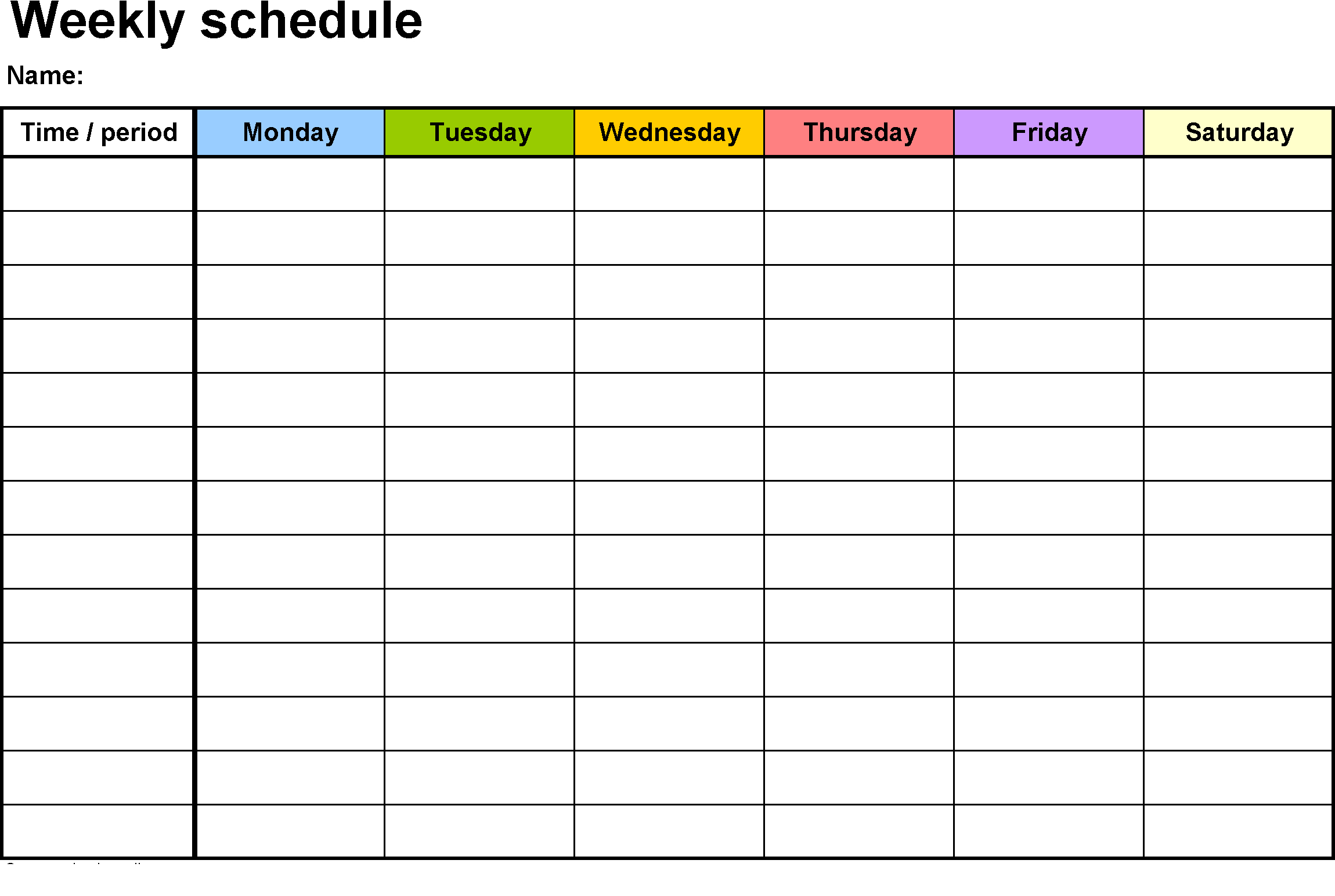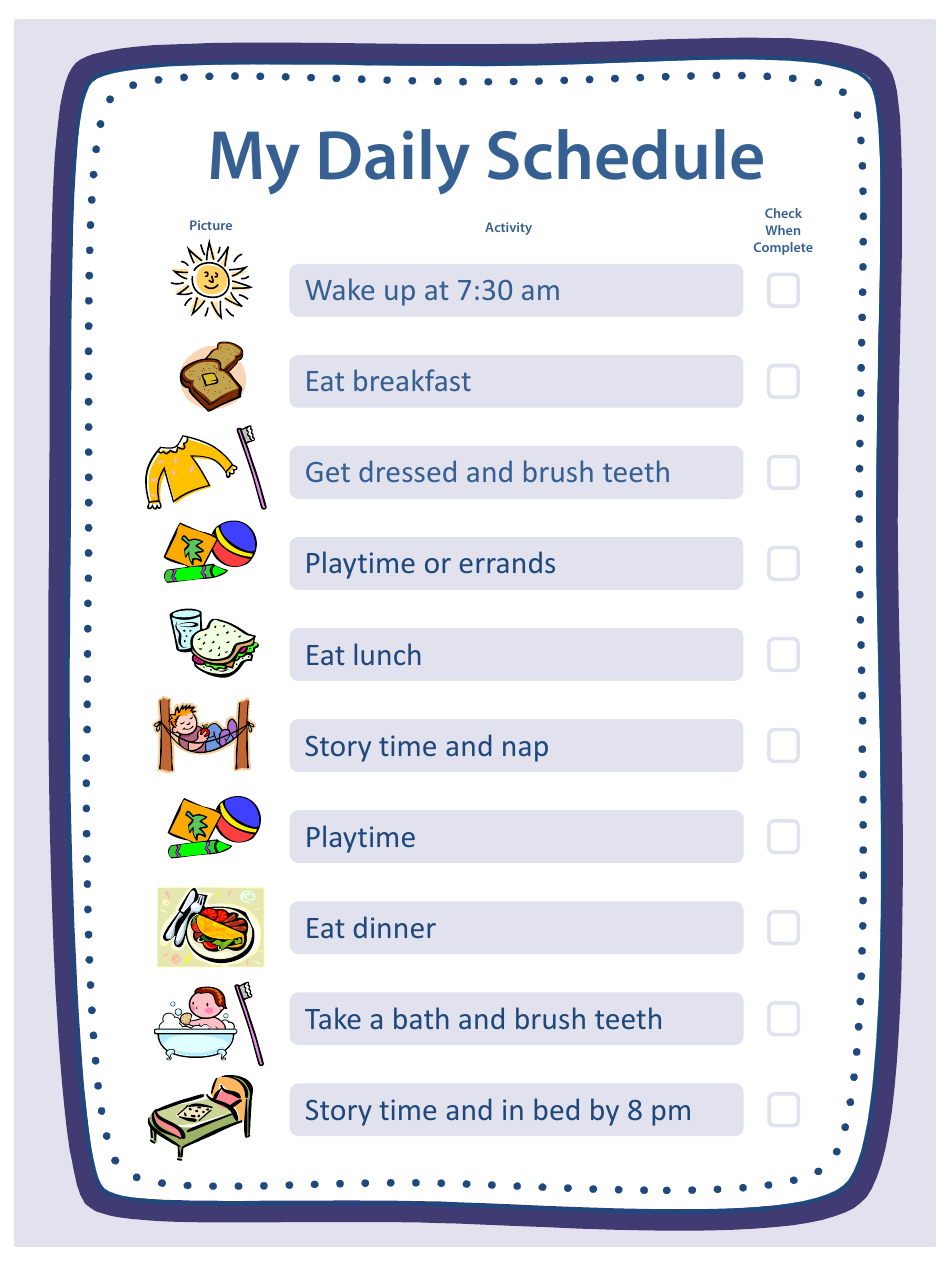

If you have a meeting scheduled to last 30 minutes, assign it 45 minutes if it is outside the office.
Plan your meetings realistically, leaving enough time for unplanned meetings – such as when you meet an old friend on your way to a meeting – and travel. For example, do you work out in the morning, afternoon, or evening? Stick to this plan as much as possible. Create a routine where each activity has its own timeframe. Here are some tips to help ensure you don’t prepare a template in vain: It is one thing to create an hourly schedule and an entirely different thing to actually use it. Step 5: Printįinally, print out the template and keep several copies. If you are currently on a diet, for example, you can add a food log to track your meals. Play around with some widgets that meet your particular needs. 
You can even add images to keep you motivated throughout the day. Use the format function on the program you are using to change the color, size, and font of the text. Next, add text identifying the tasks you must complete within specific timeframes. If you cannot decide immediately, print several copies, then pick one later. Once you have a format that works for you, select the borders and background designs you like and add them to the page. You can also choose a half-hour planner or an hour-by-hour planner.
#Daily schedule template printable how to
Let’s look at how to make your own printable Hourly Schedule Template: Step 1: Select a Templateĭepending on how far ahead you would like to plan your activities, you can either work from a daily hourly planner or a weekly hourly planner. Within no time, you will be completing your tasks early and leaving yourself enough time to socialize, rest, and even go out. Planning your day down to the hour can seem extreme, but you will be surprised how much time you save by sticking to your schedule.
To tie in daily tasks to your long-term plan. To create deadlines for employees and increase their productivity. The first step here is to determine why you are creating the planner in the first place. Time to Create Your Timetableīecause an hourly planner is more detailed than a monthly schedule, you should set aside time to prepare it so you don’t feel overwhelmed. When preparing your planner, make the most of your day by giving yourself occasional breaks and accounting for travel times, lunch, emergencies, unplanned meetings, etc. After all, we have established that 24 hours is not a very long time, especially when you minus the time you are asleep, eating, or socializing. It is important to be realistic when planning your day. Here is what you should consider when preparing this planner: Time Maximization While they are effective for long-term plans, an hourly schedule takes every minute of every day into account. They usually highlight all the objectives you must accomplish over longer time periods. Weekly, bi-weekly, and monthly schedules are the most popular schedule formats. Things to Consider When Making an Hourly Schedule






 0 kommentar(er)
0 kommentar(er)
